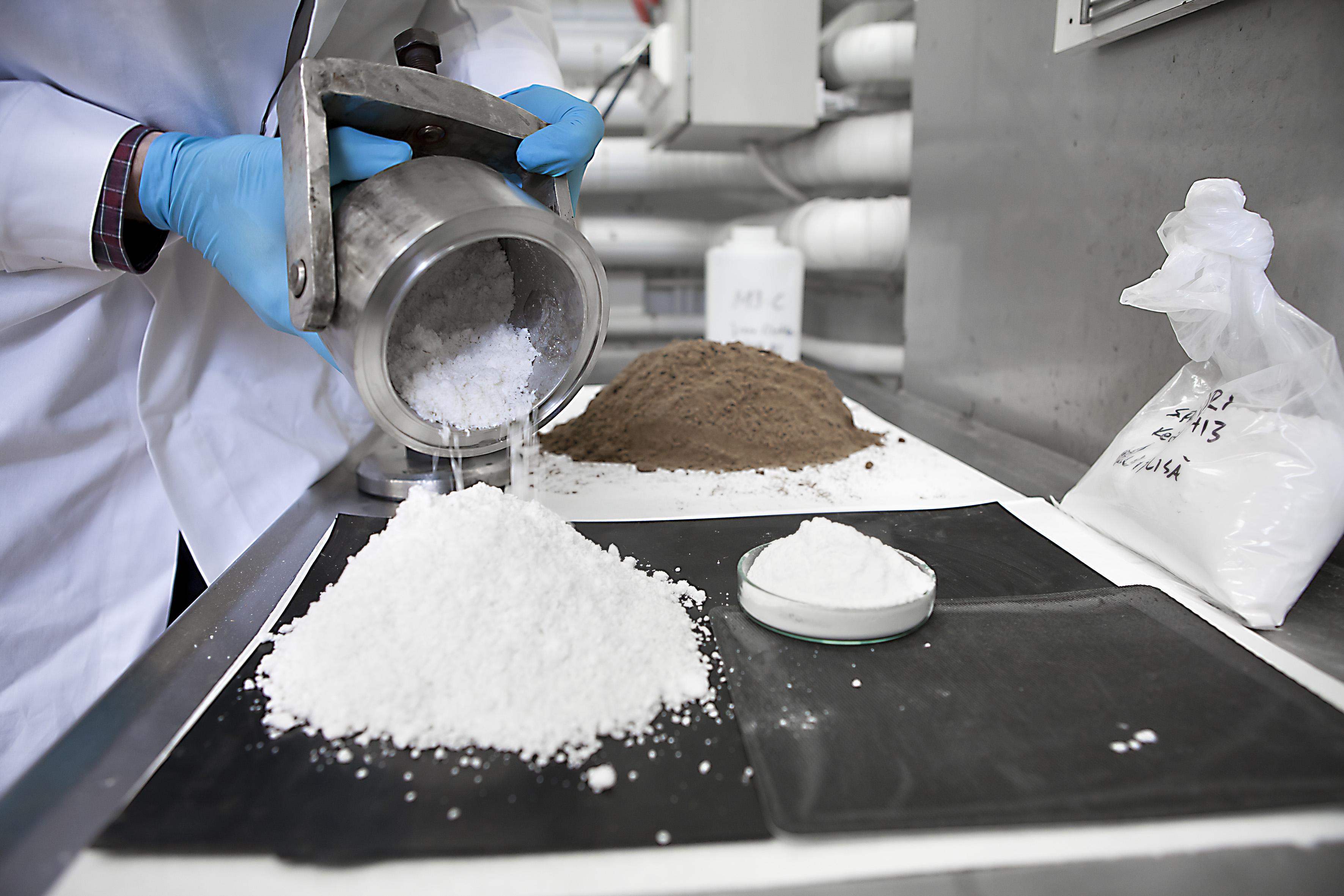Understanding Microcrystalline Cellulose

Microcrystalline cellulose (MCC), also known as cellulose gel, is a partially depolymerized cellulose that has been purified to the point where it contains only trace amounts ofhemicellulose and lignin. It is produced from native cellulose sources. MCC has unique binding and diluents properties that have made it a versatile excipient widely used in pharmaceutical, food, and cosmetic industries. Let's understand more about this important ingredient.
What is Microcrystalline Cellulose?
Microcrystalline cellulose is a partially depolymerized cellulose prepared by treating cellulose, obtained as a pulp from fibrous plant material, with dilute mineral acid solutions. This process hydrolyzes the amorphous links between polymer chains and disrupts the crystalline structure. It results in a material consisting of crystalline cellulose and amorphous domains with a particle size in the micrometer range.
MCC has a porous, fibrous nature that allows it to absorb liquids, bind particles together and increase bulk. It contributes to the texture, consistency and stability of tablet and capsule formulations. Due to its inertness, compressibility, and suspension capacity, Microcrystalline Cellulose is used as a tablet diluent and disintegrant. It is the most commonly used pharmaceutical excipient after lactose.
Production of Microcrystalline Cellulose
Cellulose sources such as wood pulp and cotton linters are suspended in a solution of dilute mineral acids like hydrochloric or sulfuric acid under controlled reaction conditions. This partial hydrolysis disrupts and removes amorphous regions of cellulose fibers, leaving behind purer crystalline regions.
The hydrolyzed slurry is neutralized, washed, filtered and dried. The dried material is then milled into fine white powder particles of MCC with size range between 50-250 microns. Additional processing steps may involve purification, screening and blending to obtain MCC of desired qualities. Quality attributes are regulated by pharmacopeial compendia.
Physico-chemical Properties of MCC
MCC has a fibrous, porous structure that allows it to hold liquids within its matrix along with good flow and compression properties. Some key properties include:
- Particle size range 50-250 μm making it microcrystalline.
- pH neutral close to 7 allowing usage in both acidic and alkaline systems.
- Highly crystalline nature imparting structural strength.
- Excellent disintegrant properties due to porous structure.
- Binding capacity that enhances tablet hardness on compression.
- High dilution potential for direct compression tablets.
Applications of Microcrystalline Cellulose
Due to its unique binding and diluents properties, MCC is widely used as an excipient in pharmaceutical, food, cosmetic and other industries. Some major applications include:
- Tablet and capsule diluent: MCC is commonly used as a diluent in direct compression tablets due to its high compression and dilution potential.
- Tablet disintegrant: Its porous, hydrophilic nature allows MCC to absorb water and promote tablet breakup during dissolution.
- Suspending agent: The finely divided particles impart desirable consistency and suspend insoluble ingredients uniformly.
- Emulsifying agent: Helps stabilize emulsions through suspending emulsion droplets and easing their dispersion.
- Binders in wet granulation: Functions as a binder in granulation processes for improving powder flow and compressibility.
- Food thickener and stabilizer: Provides body, texture and stability to products like soups, sauces, salad dressings etc.
Microcrystalline cellulose is a purified partially depolymerized cellulose with unique physicochemical properties. Due to its excellent binding, diluents and disintegrant capabilities, MCC serves as a critical excipient in pharmaceutical, food and other formulations. Its characteristics of stability, inertness and compression suitability make it a preferred choice as an inactive ingredient widely used across industries.
Get more insights, On Microcrystalline Cellulose
- Art
- Causes
- Crafts
- Dance
- Drinks
- Film
- Fitness
- Food
- Игры
- Gardening
- Health
- Главная
- Literature
- Music
- Networking
- Другое
- Party
- Religion
- Shopping
- Sports
- Theater
- Wellness
- IT, Cloud, Software and Technology


